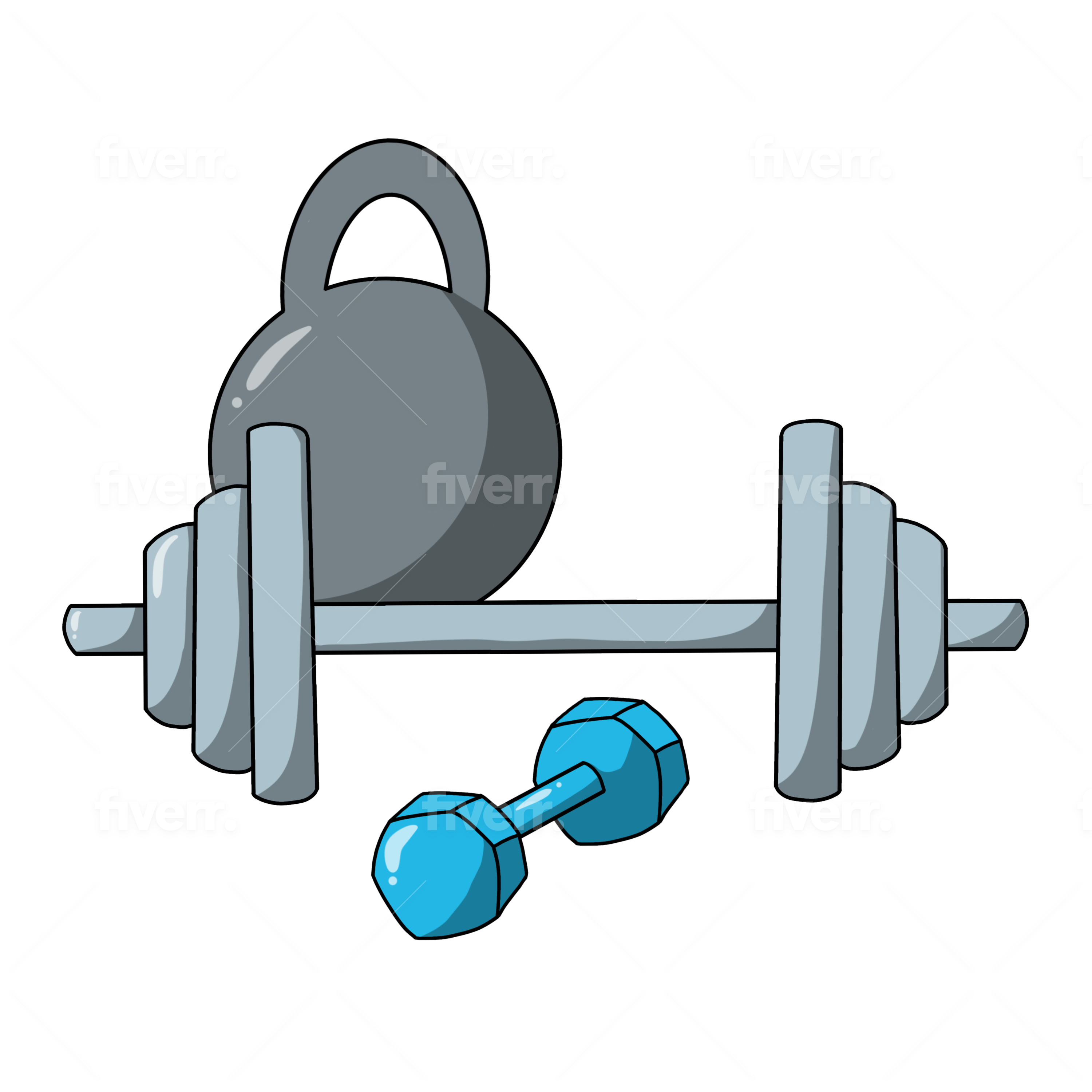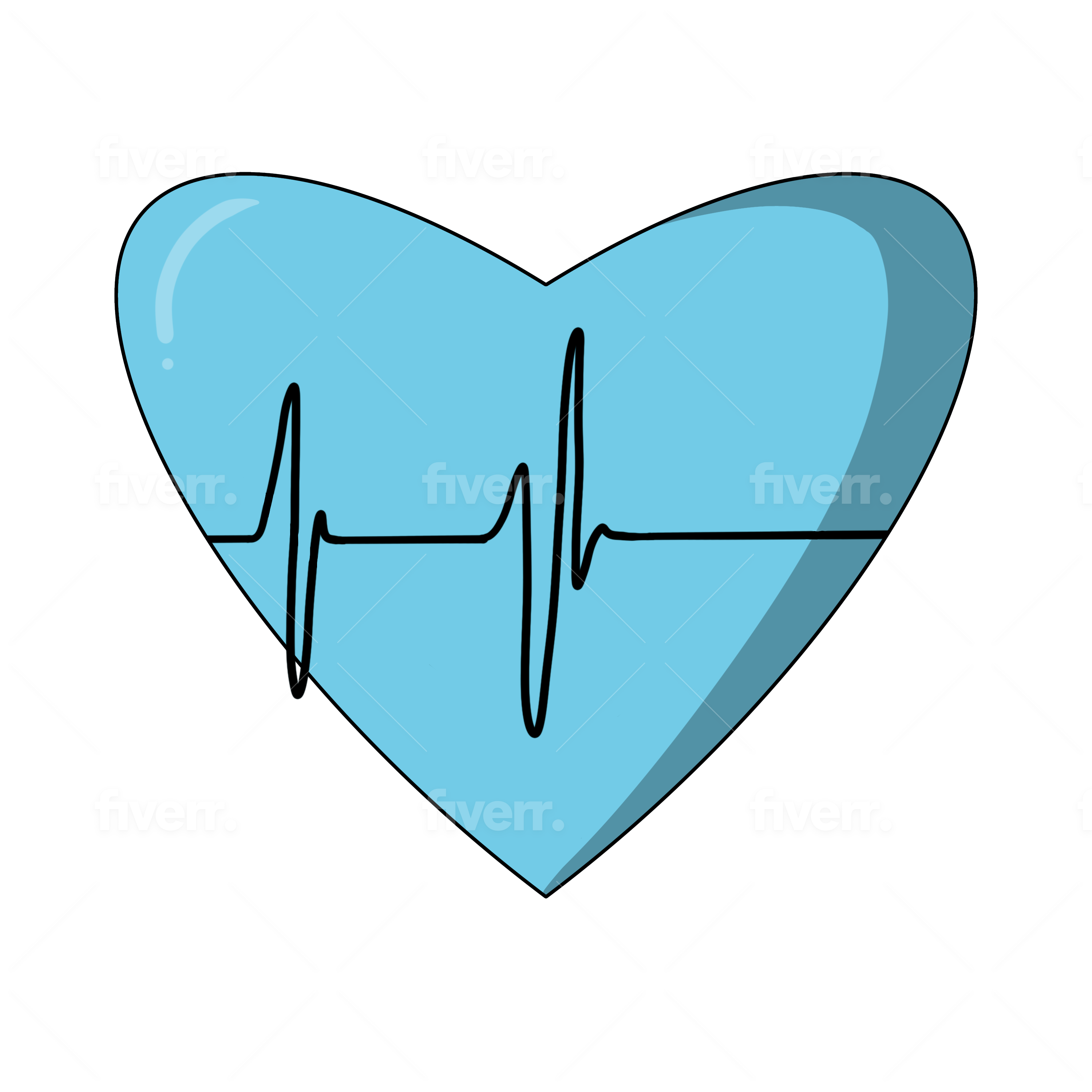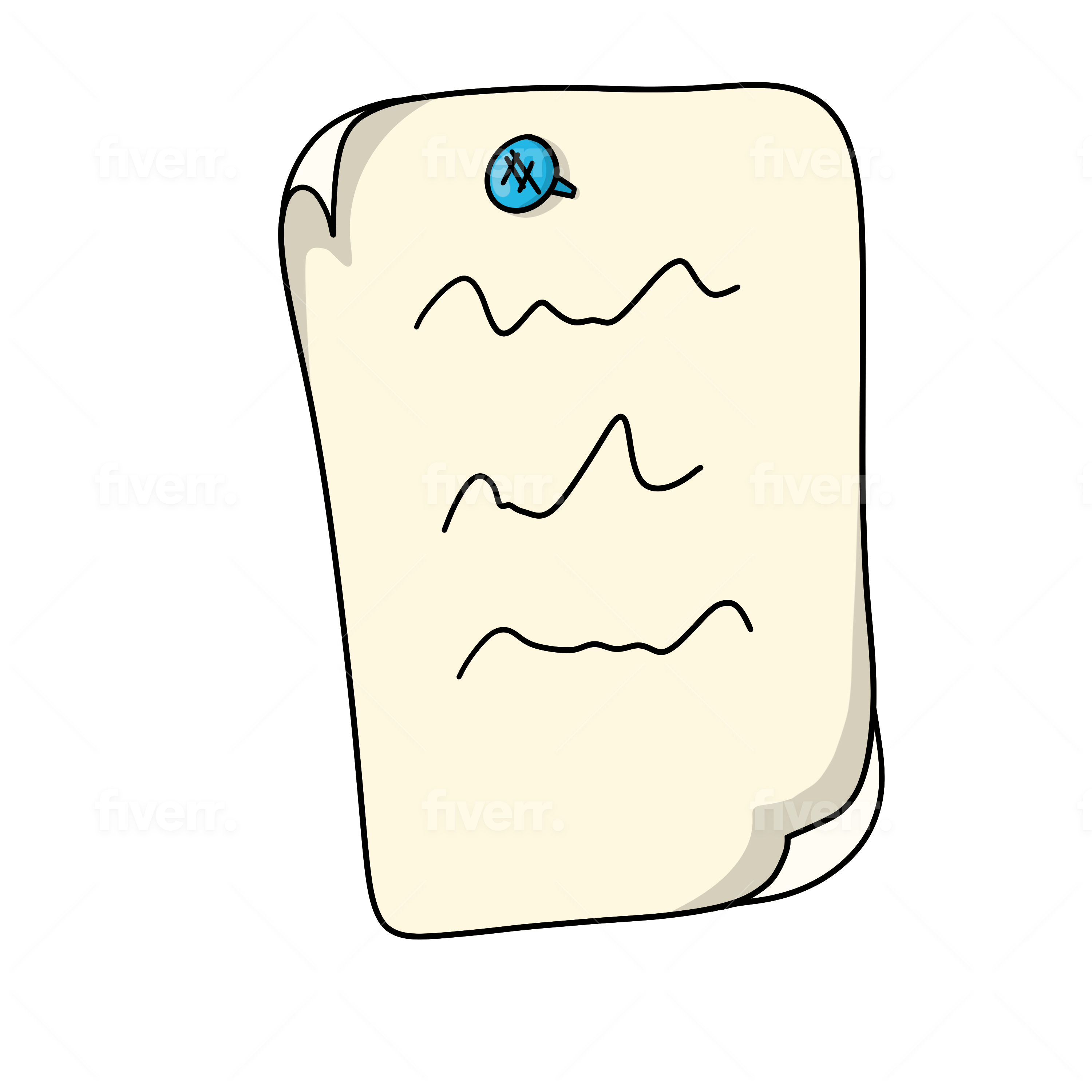"It does not matter how slowly you go as long as you do not stop." — Confucius
Confidence is not a filter you slap on your photos; it is the quiet proof that you did what you said you would do. The people who go from couch to confident are not chasing perfection. They are stacking small wins until momentum takes over.
What real transformation looks like
It is less cinematic montage, more everyday choices: a short walk after dinner, one extra set in the gym, a consistent bedtime, packing a protein-rich snack. Results arrive slowly and then all at once.
Here are four real-world style stories that mirror what we see in our community all the time. Names are changed, habits are real.
Maya, 34 — New parent finding rhythm
- Start: 3,000 steps per day, sleeping five to six hours, no structured workouts.
- 12 weeks later: averaging 7,500 steps, two 25-minute strength sessions weekly, sleeping seven hours most nights.
- Wins: back pain eased, mood steadier, down one belt notch, can hold a plank for 60 seconds (up from 20).
How she did it: stroller walks after breakfast, two full-body routines at home (push, hinge, squat, core), phone on airplane mode after 9 pm.
Jorge, 42 — Desk job, tight schedule
- Start: afternoon energy crashes, elevated stress, sporadic weekend workouts.
- 16 weeks later: three 30-minute strength sessions, daily 15-minute walks between meetings, protein with every meal.
- Wins: steady energy, resting heart rate down, shoulder discomfort gone, can carry groceries upstairs without stopping.
How he did it: calendar blocks for walks, a minimalist gym plan (goblet squat, incline push-up, row, hip hinge), meal prepping twice a week.
Lena, 27 — Gym anxiety to gym curious
- Start: nervous about free weights, stuck on cardio machines.
- 10 weeks later: confident with dumbbells, added two reps or a small weight increase most sessions.
- Wins: improved posture, sleeps better, can perform eight perfect incline push-ups (from three wobbly reps).
How she did it: learned three core movements, recorded sets and reps, kept headphones on and a simple checklist to stay focused.
Sam, 58 — Starting without hurting
- Start: knee aches, long gaps between workouts, afraid of doing too much too soon.
- 20 weeks later: walks 30 minutes most days, two gentle strength days, one mobility day.
- Wins: stairs feel easier, balance improved, waist measurement down three centimeters, morning stiffness reduced.
How he did it: slow progressions, pain-free range of motion, and a rule of leaving every session feeling better than he started.
"We are what we repeatedly do. Excellence, then, is not an act, but a habit." — Will Durant
The simple playbook they all used
- Walk most days. Aim for a baseline you can keep (for many, 6,000 to 8,000 steps). Add small five-minute bursts when time is tight.
- Strength train two to three times per week. Prioritize full-body moves: squat, hinge, push, pull, carry, and core. Progress by adding one rep, a little weight, or one more set.
- Protein anchors meals. Include a protein source at each meal along with colorful plants and fiber. Simple beats complicated.
- Guard your sleep. Seven to nine hours when possible. Set a wind-down alarm and keep screens out of reach.
- Plan the "tricky times." Weekends, travel, holidays—decide on a minimum viable plan (short walk, quick circuit, hydration) and do that.
- Track just a few signals. Log workouts, daily movement, sleep, and a couple of fit indicators like waist, how clothes fit, or a basic fitness test.
Four-week "from couch to confident" starter plan
Week 1: Build the base
- Daily: 10-minute walk.
- Mobility (3 times): gentle neck, hips, ankles, and shoulders, five minutes total.
- Strength (2 sessions, 15 to 20 minutes): chair sit-to-stand, wall or counter push-ups, hip hinge with backpack, supported row, dead bug. Two sets of eight to ten reps, easy to moderate effort.
Week 2: Add a little challenge
- Daily: 15 to 20-minute walk.
- Strength (2 to 3 sessions, 20 minutes): add step-ups, increase push-up angle slightly, hold the backpack for squats, keep rows and core. Two to three sets of eight to twelve reps.
Week 3: Own the routine
- Daily: 20-minute walk or a brisk 10 minutes if busy, plus one short staircase session.
- Strength (3 sessions, 25 to 30 minutes): three sets, add a carry (hold a bag and walk 30 to 60 seconds). Progress one variable: reps, weight, or tempo.
Week 4: Test and tidy
- Keep movement most days.
- Do a gentle "check-in" day: plank hold, one-minute push-up test (any incline), one-mile brisk walk time, or how your usual stairs feel.
- Deload if needed (two easier sessions) and prepare the next block.
How to measure progress without the scale
- Energy is steadier through the afternoon.
- Sleep quality improves.
- Clothes fit more comfortably and waist measurement trends down over weeks.
- Work sets feel easier at the same weight or you can do more reps.
- Everyday tasks (carrying groceries, taking stairs) feel smoother.
Roadblocks, solved
"No time." Use ten-minute chunks: a brisk walk, two sets of a mini circuit, then get back to your day. Ten minutes done beats an hour skipped.
"Too sore." Lower the dose: fewer sets, lighter weight, slower tempo, and add an easy walk. Soreness should fade as consistency grows.
"Bored." Keep the movement pattern, swap the tool: bodyweight to bands to dumbbells, or change the rep target.
"Stuck." Progress a single variable: add one rep, two and a half to five pounds, or 30 to 60 seconds more walking. Small upgrades compound.
Your next small step
Pick one habit from the playbook and do it today. Lay out your shoes, block ten minutes on your calendar, or jot down a simple full-body circuit. Confidence grows every time you keep a promise to yourself. Start small, stay kind, and let momentum do the heavy lifting.





